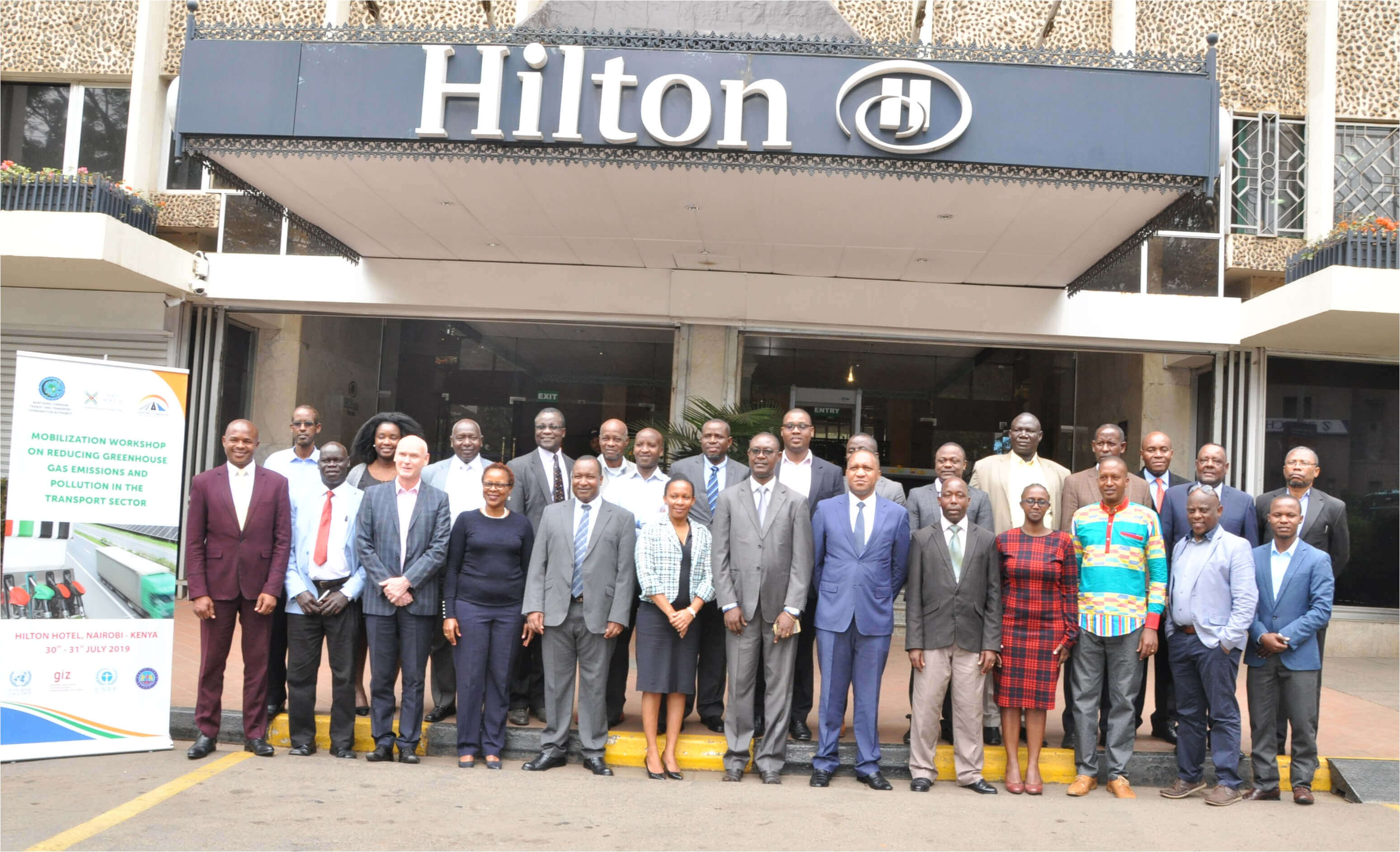EAC and Regional Development Cabinet Secretary Adan Mohamed speaking during the East African Business Council 20th annual general meeting said that the Monetary Union envisages a situation where there are common monetary and fiscal policies that enable people to trade in a common currency. He noted that the future role of the East African Business Council should usher in a more dynamic and strengthened self regulation mechanism for the private sector, that focuses on critical issues that will be game changers for the region. The CS said this will enable the citizens in the member states to trade seamlessly with one another more than is currently happening. According to Mohammed, the regional economic groupings are anchored on market-based policies, mainly liberalization, wide public, civil society and private stakeholder involvement and convergence of macro-economic policies. The CS said that the EAC is a strong regional bloc that is the most integrated on the continent, that has seen a lot of growth over the years adding that the private sector in the region continues to play a critical role in economic development. He noted that as an economic block the EAC must make themselves attractive on our Ease of Doing Business agenda. “We must make ourselves attractive on our Ease of Doing Business agenda, infrastructure development and other enablers that support business growth,” said CS Mohammed. He emphasized to the member states the need to stick together as EAC in order to compete at the global stage noting that EAC’s combined market size is...
EAC members to trade using same currency soon
Posted on: August 14, 2019
Posted on: August 14, 2019
















